
NIBIB
@nibibgov
Official account of the National Institute of Biomedical Imaging and Bioengineering @NIH.
Privacy policy: go.nih.gov/7aWr
Engagement≠endorsement
ID: 1603605517
http://www.nibib.nih.gov 18-07-2013 14:33:44
3,3K Tweet
8,8K Followers
220 Following

To greatly expand accessibility, researchers crafted a compact fluorescence-guided surgery system from cost-effective & off-the-shelf components. Read how the tech, evaluated in mice, could expand surgical options for tumor removal: go.nih.gov/216wABs UT Southwestern Biomedical Engineering WashU Medicine
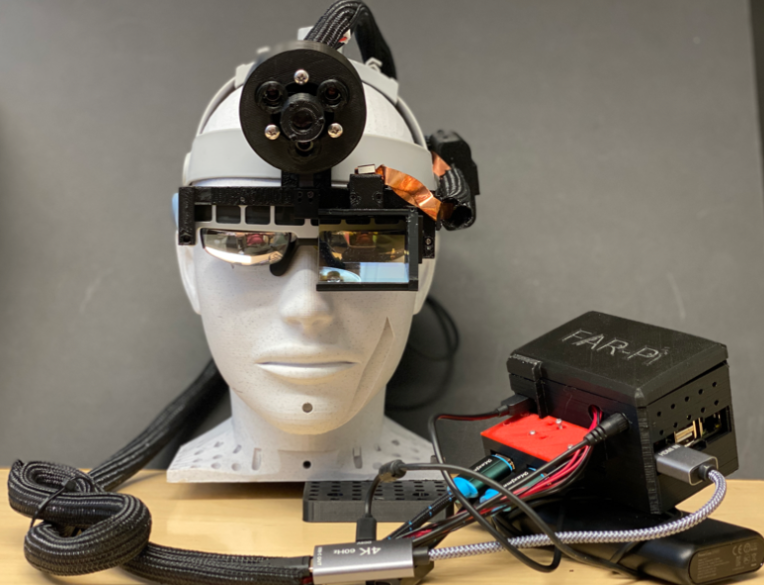


Treatment with a new ultrasound device designed by researchers at CMU_BME, Swanson School of Engineering, and UC Irvine School of Medicine showed a significant decrease in pain hypersensitivity in a genetically engineered mouse model of sickle-cell disease (SCD). Learn more: go.nih.gov/orrMJQs
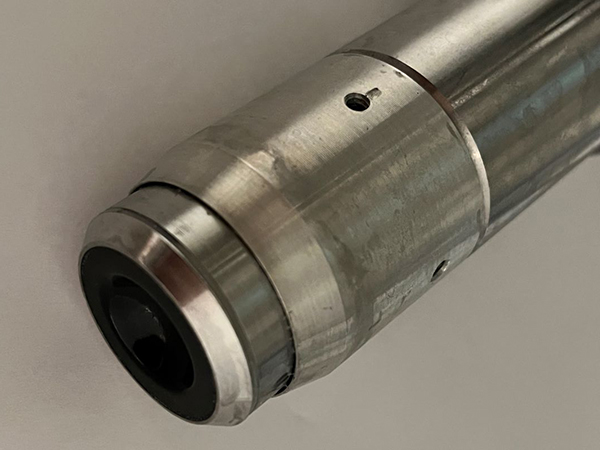

Drawbacks in the image quality of small, affordable MRI machines have prevented their widespread use. But a performance boost from AI could close the gap, bringing MRI to more patients. Find out how: go.nih.gov/nLwamfh MassGeneral News Yale School of Medicine

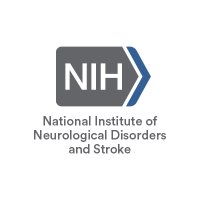


Researchers Penn State College of IST & Penn State HHD are developing an AI tool to evaluate placental photos that could predict adverse outcomes, like infection or sepsis. This tech could someday flag patients for enhanced monitoring or immediate care. Learn more: go.nih.gov/Ss9eXlu
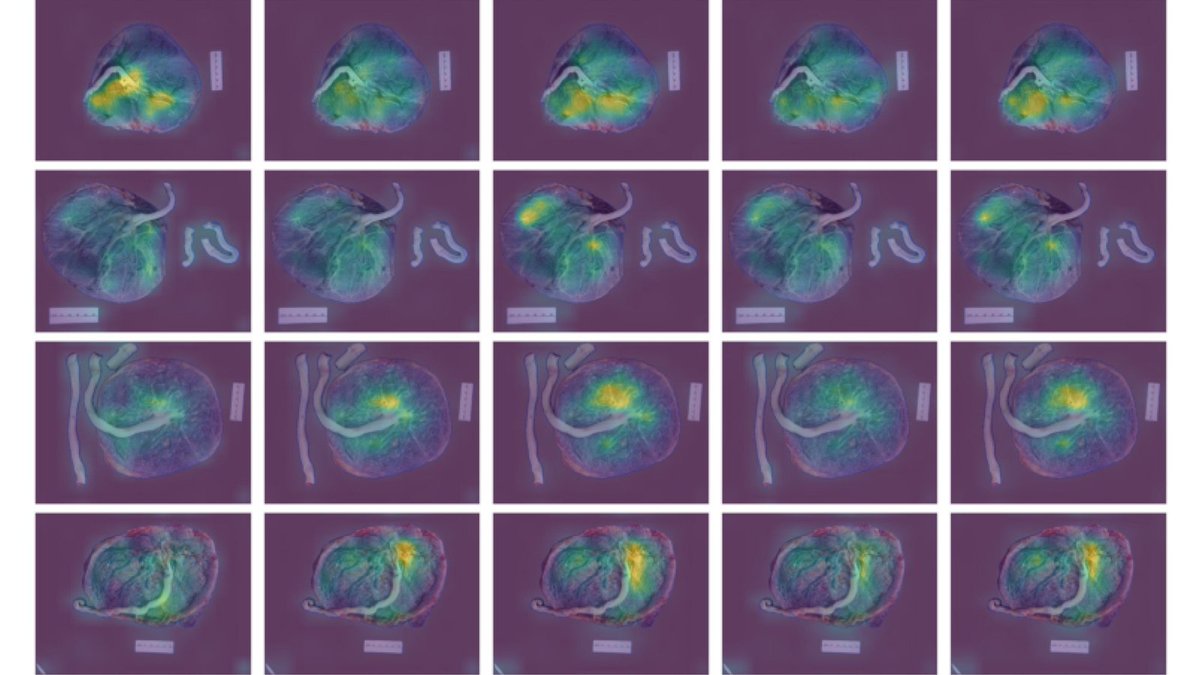

Crossing bioprinting with solar tech, NIH-funded researchers built light-sensitive heart tissue that could one day fill the role of electrical stimulation devices while offering better customizability and biologicompatibility. Read more: go.nih.gov/4CA2vhL Y. Shrike Zhang
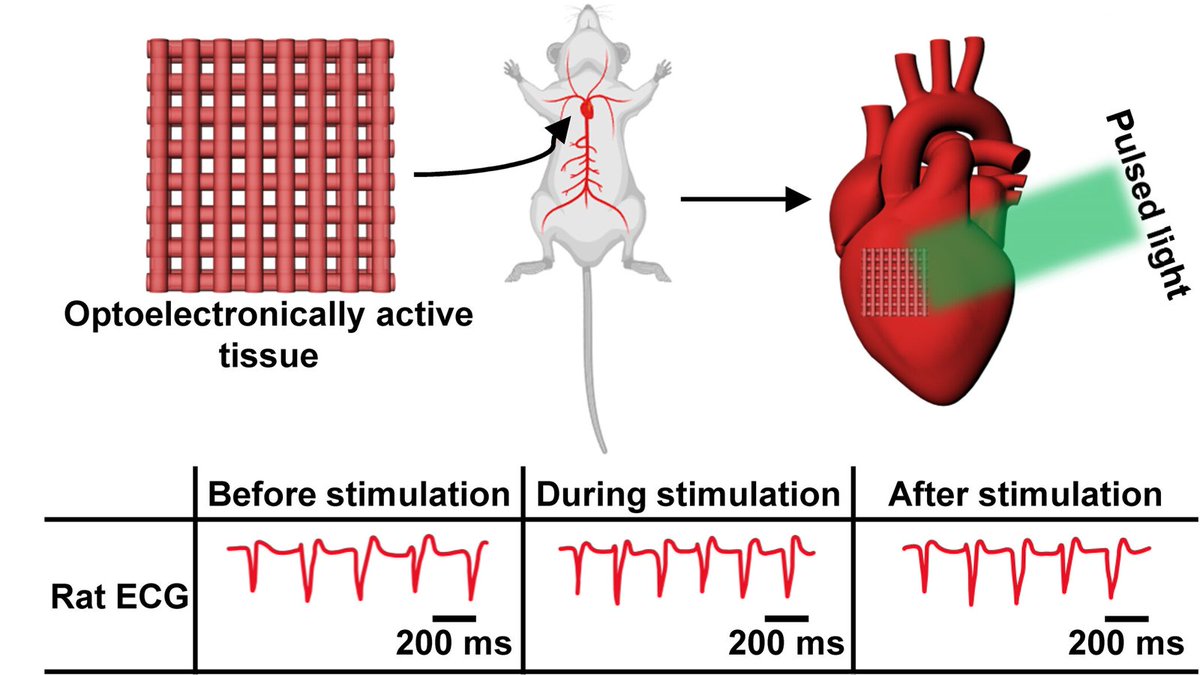






Could deep brain stimulation someday be performed without drilling into the skull? Rice Electrical & Computer Engineering & UTMB Health researchers are developing a preclinical method to access the brain by guiding a catheter through the cerebrospinal fluid. More here: go.nih.gov/CTl1JZ7
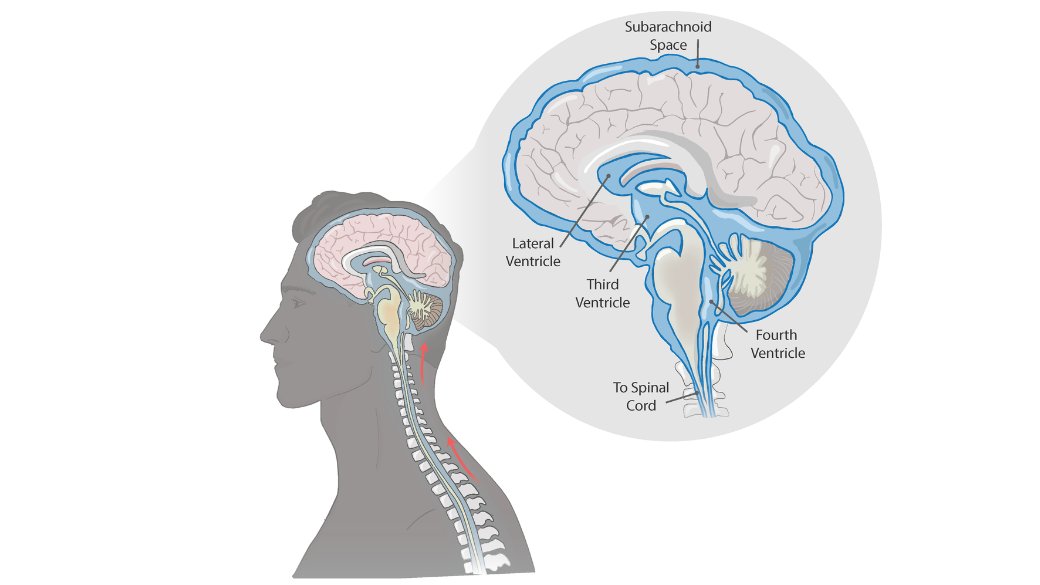

We have drugs that can kill cancer cells but using them to eradicate tumors while sparing healthy tissue is challenging. Penn Bioengineering researchers are using a targeted approach that applies magnetism to spread therapeutics within tumors. Find out how: go.nih.gov/G77siKL
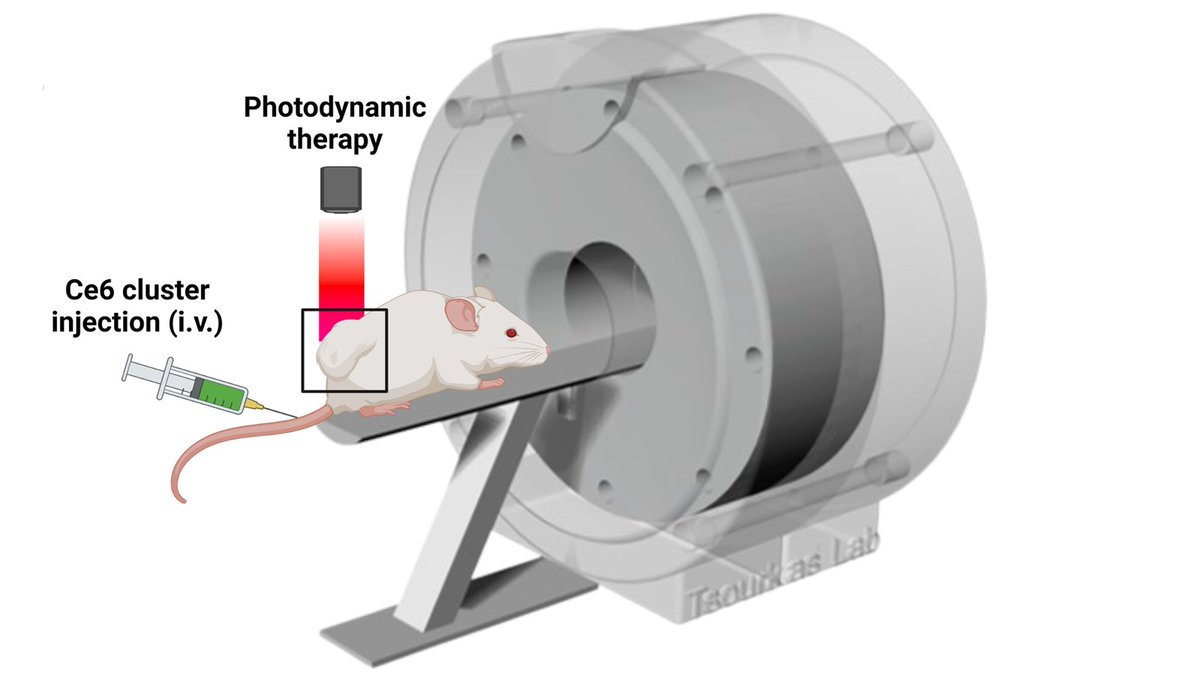



Following a concussion, athletes want to know when they will recover and get back in the game. NIH-funded researchers UT Neuroscience and IU Psychological and Brain Sciences created a model with MRI and AI to predict longer recovery times and guide treatment. Learn more: go.nih.gov/xaUAv8i












